Apple’s Biggest Product Failures: Top 10 Design and Business Flops
- Think Apple never stumbles? These top flops tell a different story.
- Not every Apple launch was a hit—find out which products fell flat.
- Discover the gadgets Apple wished would disappear from the shelves.
Apple Inc., a name synonymous with innovation and sleek design, has consistently set the bar high in the tech industry. From the iconic iPhone to the versatile MacBook, Apple’s products often become cultural phenomena. However, even giants stumble. Despite their track record of success, Apple has launched several products that failed to resonate with consumers. Let’s get started uncovering some of Apple’s most significant flops and explore why they didn’t hit the mark.
1. The 20th Anniversary Macintosh: A Pricey Misstep
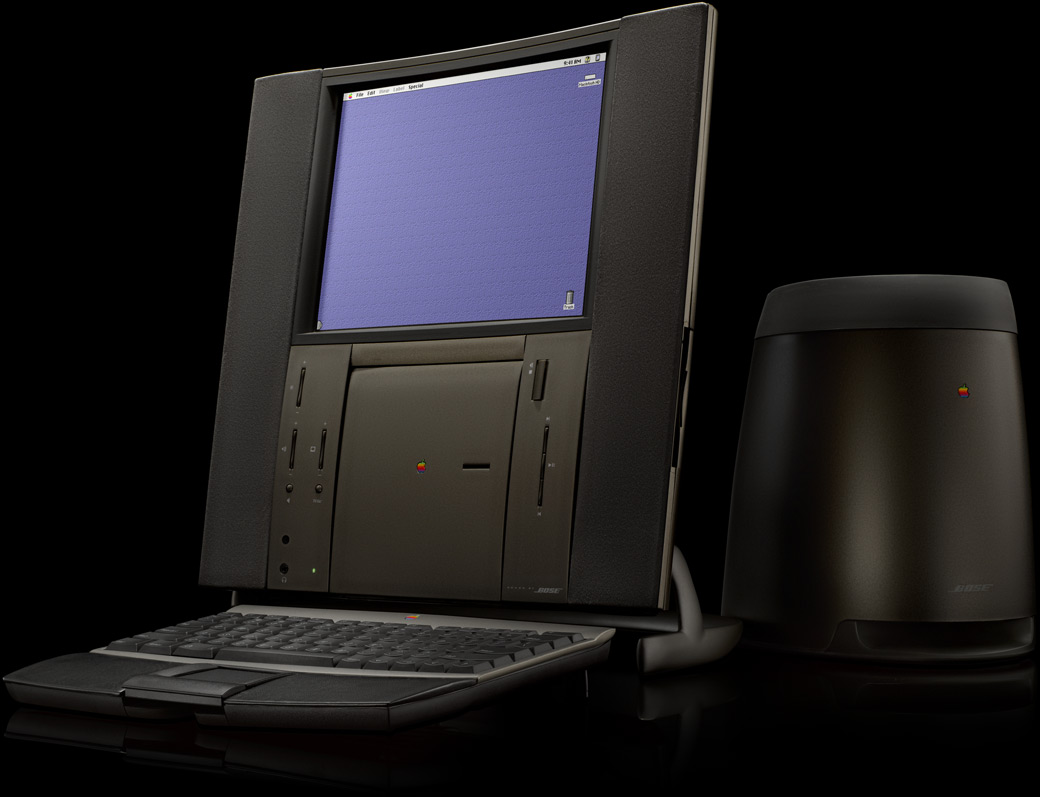 Photo via iDownloadBlog // The 20th Anniversary Macintosh showcased Apple's bold design with its flat-screen display and custom Bose sound system.
Photo via iDownloadBlog // The 20th Anniversary Macintosh showcased Apple's bold design with its flat-screen display and custom Bose sound system.
In 1997, Apple celebrated its 20th year with the release of the 20th Anniversary Macintosh. Priced at a whopping US$7,499 (US$14,750 in today's dollars), this computer featured a flat-screen display and a custom Bose sound system. However, the high price tag was a major deterrent. Sales plummeted despite multiple price reductions to $3,500 and then $1,995. As a result, Apple discontinued the model within a year. “It was the first Mac to feature a flat-screen display and came with a custom Bose sound system,” notes the original release details, highlighting the disconnect between innovation and consumer affordability.
2. Macintosh TV: Too Ahead of Its Time
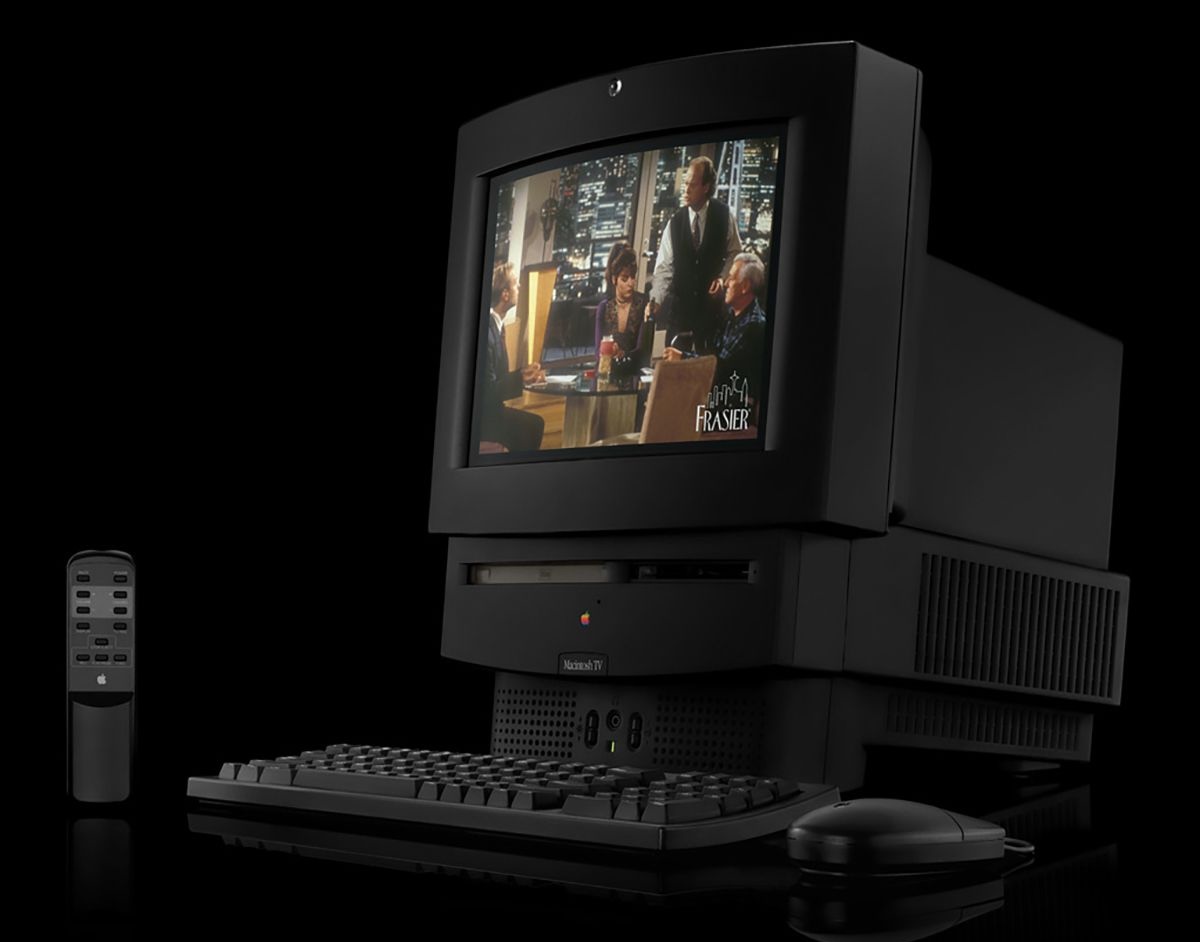 Photo via iMore // Apple's Macintosh TV attempted to blend computing and television, featuring a built-in TV tuner and remote control.
Photo via iMore // Apple's Macintosh TV attempted to blend computing and television, featuring a built-in TV tuner and remote control.
Released in 1993, the Macintosh TV was Apple’s ambitious attempt to merge a computer with a television set. Priced at $2,099, it included a TV tuner and a remote. However, technical issues plagued the device. Despite having a more powerful CPU than the LC 520, it was limited by a slower system bus and capped at just 8MB of RAM. Additionally, it lacked standard video output ports and couldn’t support picture-in-picture functionality. “Almost everyone decided they would rather have a TV (and maybe a beige Mac) rather than this hybrid,” explains a tech analyst, leading to its removal from store shelves after just five months.
3. Pippin: Apple’s Foray into Gaming
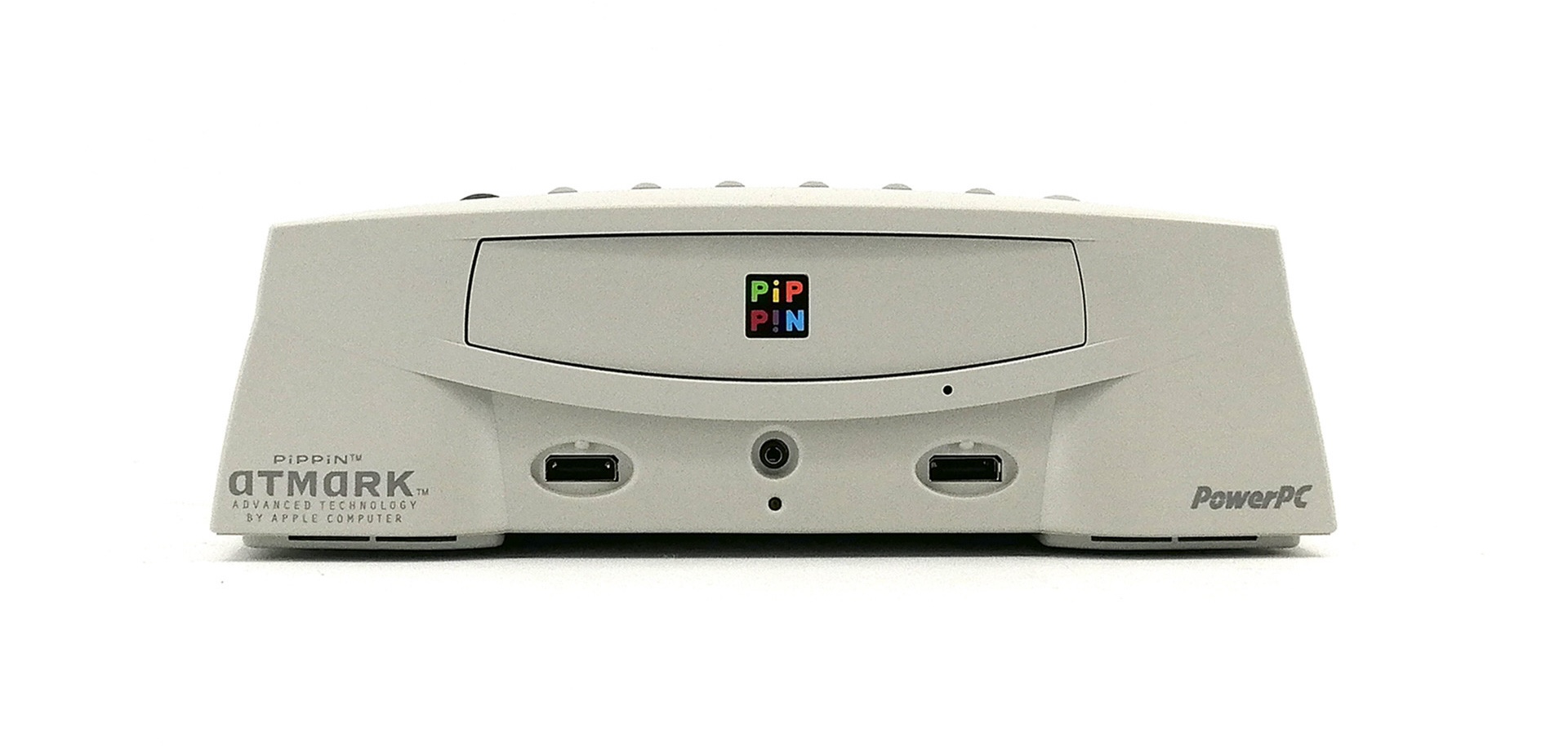 Photo via HomeComputerMuseum // The Pippin console represented Apple's ambitious but ultimately unsuccessful entry into the gaming market.
Photo via HomeComputerMuseum // The Pippin console represented Apple's ambitious but ultimately unsuccessful entry into the gaming market.
In the mid-1990s, Apple partnered with Japan’s Bandai to launch the Pippin game console. Marketed as a blend of a gaming console and a networked computer, it retailed for $599. Unfortunately, the Pippin lacked robust game support, selling only 12,000 units in the U.S. and 42,000 globally. “Sales were terrible,” reports a tech historian, comparing it unfavorably to Sony’s PlayStation, which sold over 102 million units. By the end of 1997, Apple abandoned its gaming ambitions, pulling the Pippin from the market.
4. Ping: The Forgotten Social Network
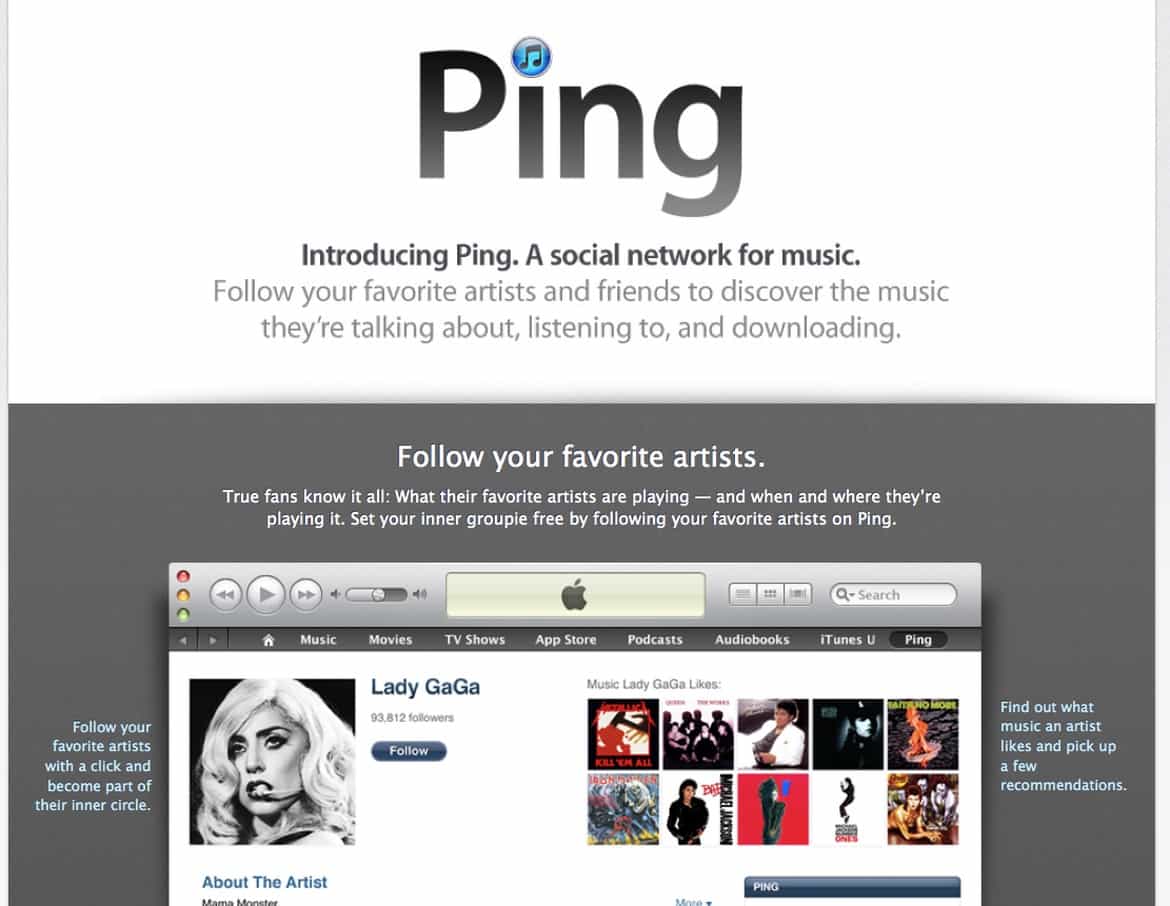 Photo via Cult of Mac // Ping aimed to revolutionize social media for music lovers, connecting users through their favorite iTunes tracks.
Photo via Cult of Mac // Ping aimed to revolutionize social media for music lovers, connecting users through their favorite iTunes tracks.
Launched in 2010, Ping was Apple’s attempt to create a social media network centered around iTunes. Endorsed by celebrities like Coldplay and Lady Gaga, Ping aimed to connect users through music. However, the platform struggled with spam and fake accounts, leading to widespread user dissatisfaction. “Ping lasted exactly two years, shuttering in 2012,” notes industry insiders, citing its inability to compete with established social networks like Facebook and Twitter.
5. Newton MessagePad: The PDA That Didn’t
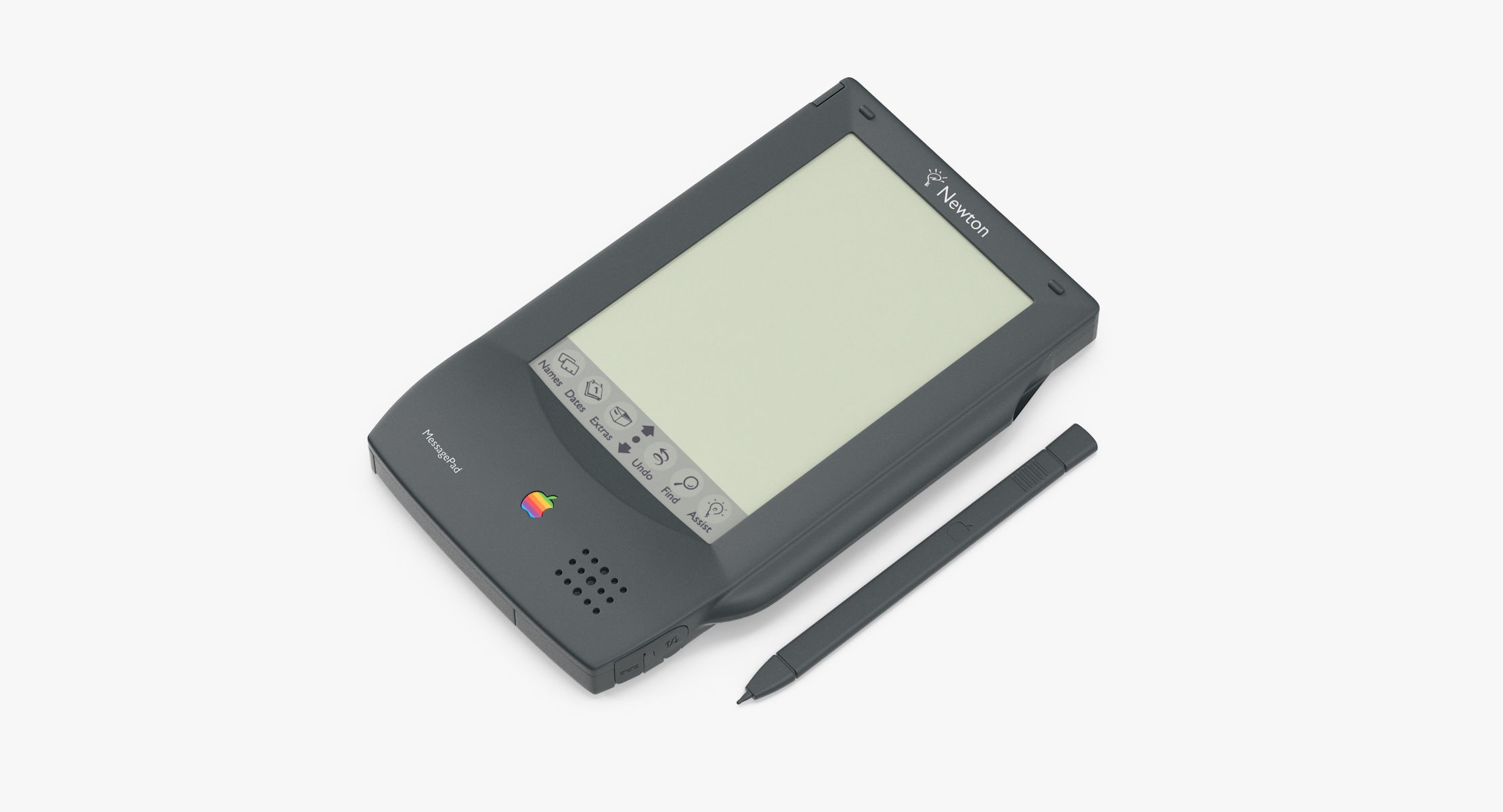 Photo via Tornado Studios // The Newton MessagePad introduced early PDA features like handwriting recognition, despite its flawed performance.
Photo via Tornado Studios // The Newton MessagePad introduced early PDA features like handwriting recognition, despite its flawed performance.
The Newton MessagePad, introduced in 1993, was Apple’s first personal digital assistant (PDA). Priced at $699, it boasted features like handwriting recognition and fax capabilities. However, the handwriting recognition was notoriously inaccurate, making the device more of a joke than a useful tool. “Apple’s personal digital assistant (PDA) made its debut in 1993 with a $699 starting price,” states the initial review, highlighting its poor sales and eventual discontinuation in 1998 after selling fewer than 300,000 units.
6. Performa x200 Series: Compromised Performance
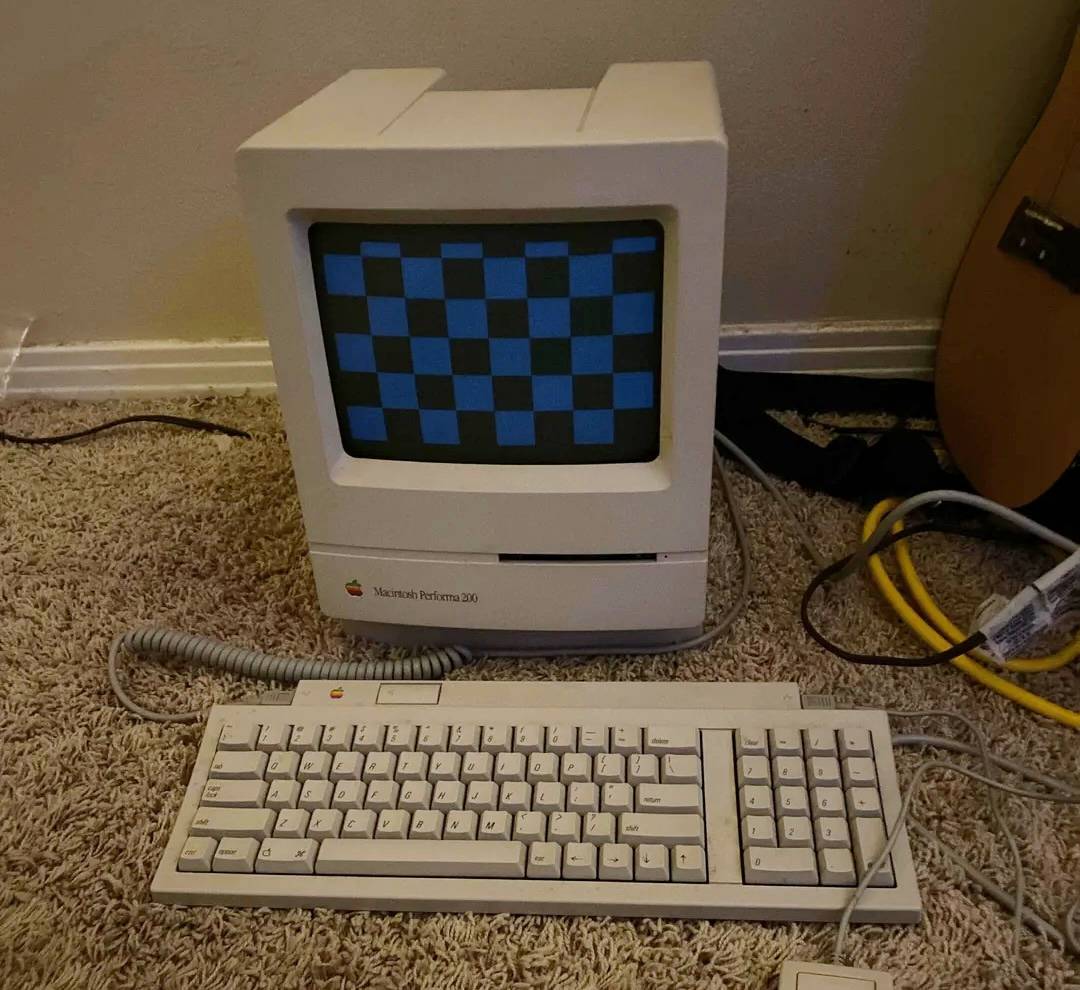 Photo via Reddit // The Performa x200 Series struggled with performance issues, tarnishing Apple's reputation for speed and efficiency.
Photo via Reddit // The Performa x200 Series struggled with performance issues, tarnishing Apple's reputation for speed and efficiency.
In 1995, Apple released the Performa x200 Series, aiming to offer a more affordable Mac. Unfortunately, cost-cutting measures led to mismatched parts and sluggish performance. “The Performa x200 series was described in such glowing terms as ‘Macs to be avoided at all costs’,” recalls a dissatisfied consumer. These models were so underpowered that they tarnished Apple’s reputation for speed and efficiency, contributing to a perception that Macs were slower than their Windows counterparts during the '90s.
7. Power Mac G4 Cube: A Design Marvel with Practical Flaws
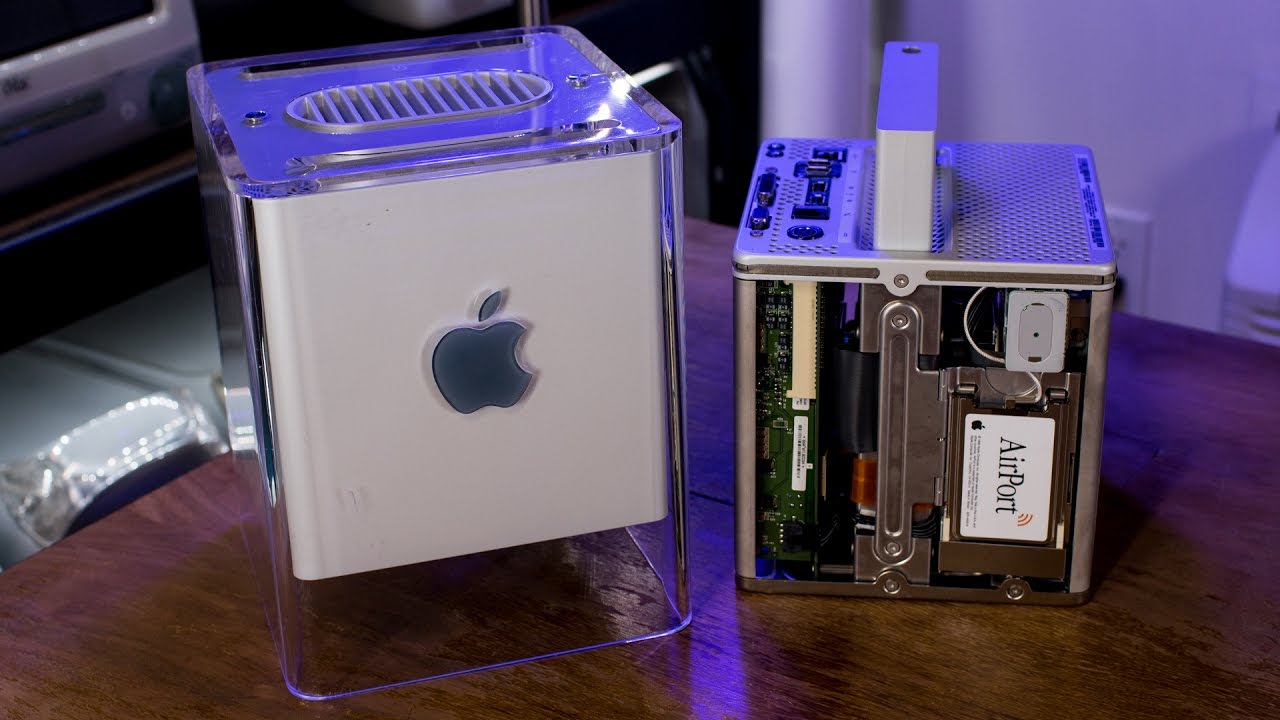 Photo via 512 Pixels // The Power Mac G4 Cube dazzled with its acrylic design but faced criticism for its high price and limited upgradability.
Photo via 512 Pixels // The Power Mac G4 Cube dazzled with its acrylic design but faced criticism for its high price and limited upgradability.
The Power Mac G4 Cube, launched in 2000, was celebrated for its stunning acrylic design and compact form. However, its high price of $1,799 and limited upgradability were significant drawbacks. “The clear acrylic case often had visible manufacturing defects that looked like cracks,” observes a tech reviewer. Additionally, the cumbersome cables and fragile construction deterred potential buyers, leading to its discontinuation within a year. Tim Cook later referred to it as a “spectacular failure commercially.”
8. Apple III: A Rocky Start
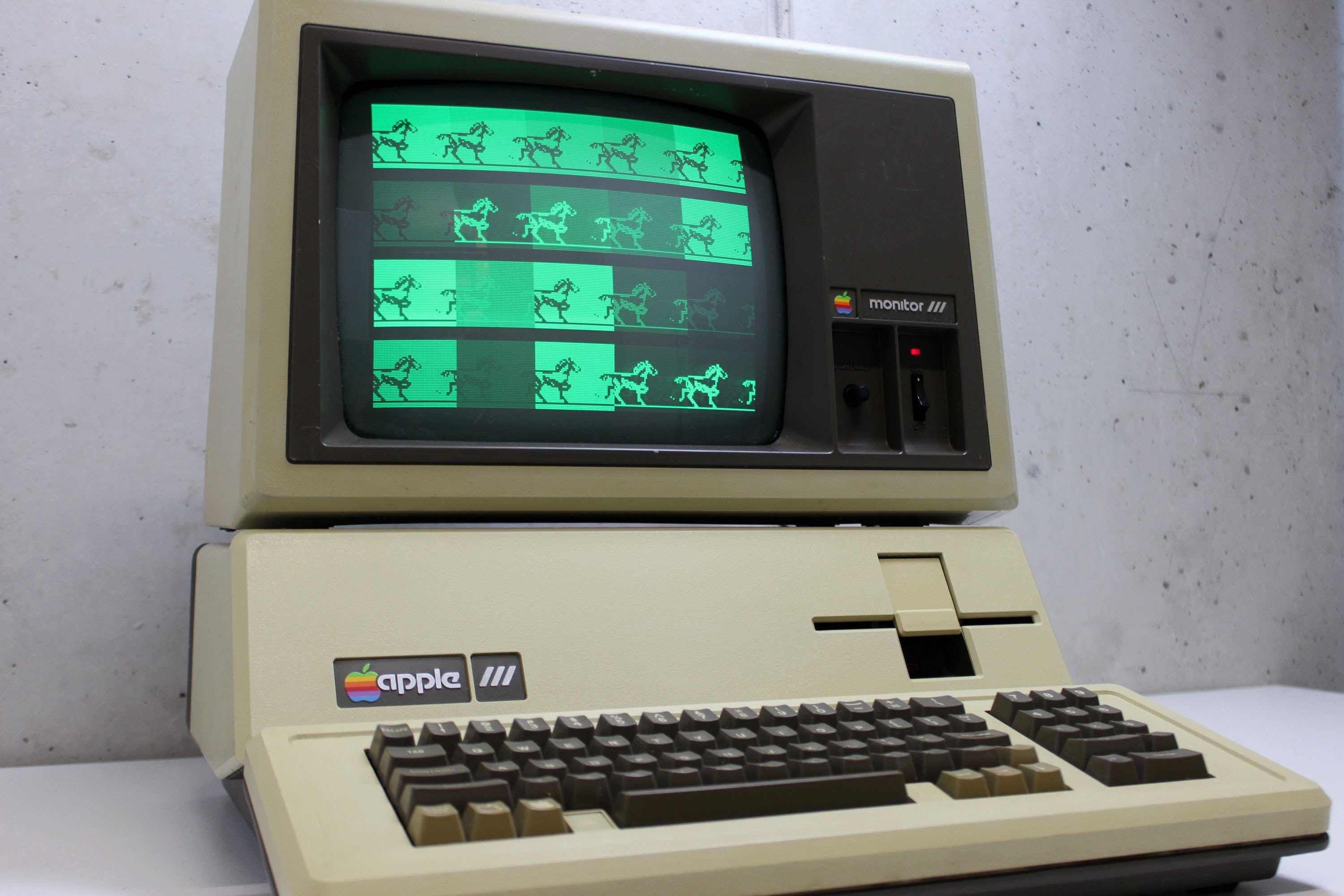 Photo via Cult of Mac // The Apple III, plagued by overheating and hardware flaws, marked one of Apple's earliest commercial failures.
Photo via Cult of Mac // The Apple III, plagued by overheating and hardware flaws, marked one of Apple's earliest commercial failures.
The Apple III, released in 1980, is often cited as Apple’s first major commercial failure. Priced between $4,340 and $7,800, it was plagued with hardware flaws, including overheating issues and unseated chips. “Steve Jobs told Playboy in 1985 that Apple lost ‘infinite, incalculable amounts of money’ on this flop,” emphasizes a retrospective analysis. Despite selling 65,000 units, the Apple III’s shortcomings nearly jeopardized the company’s future.
9. Lisa: Innovation Outpaced by Price
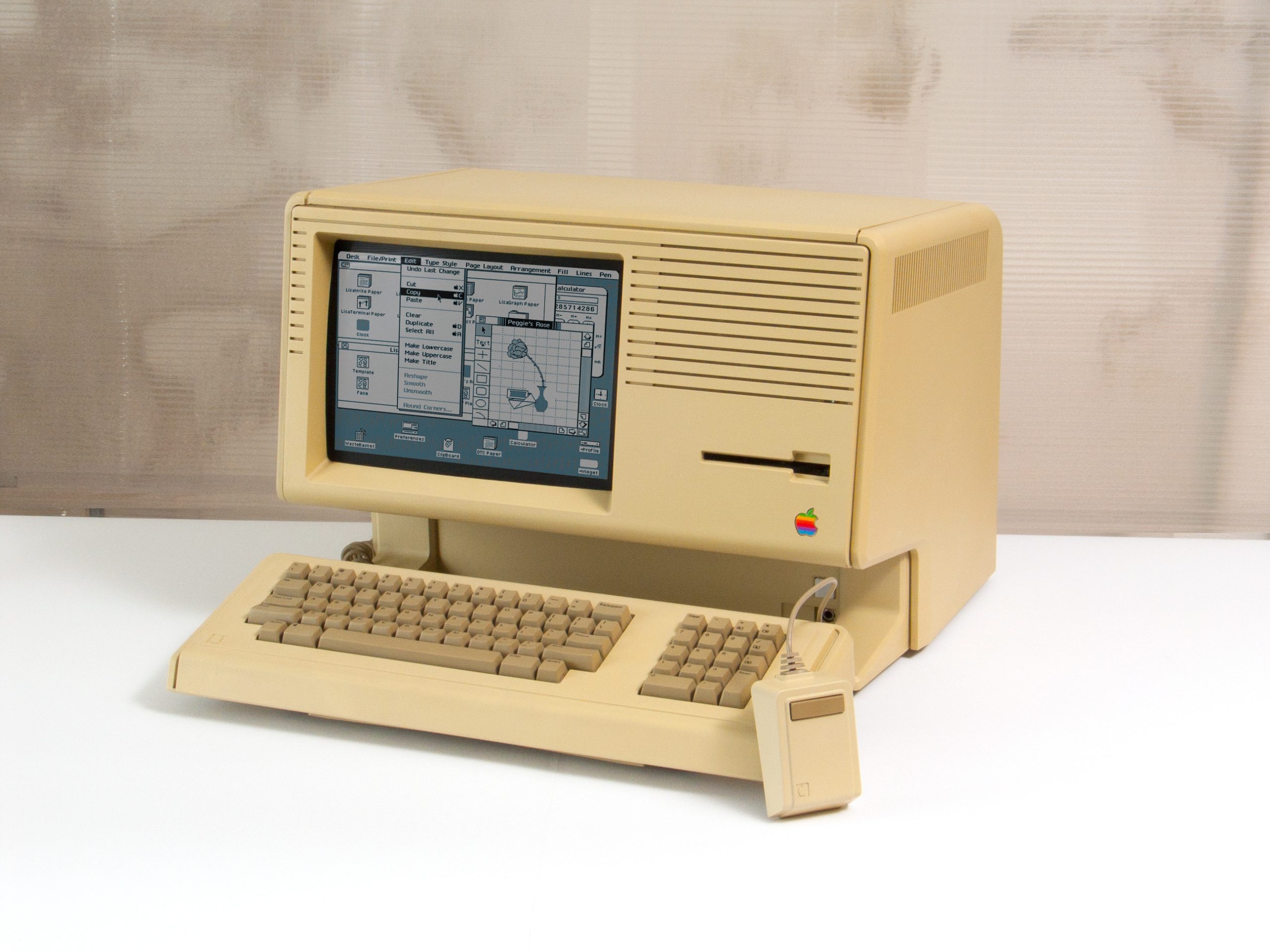 Photo via Ars Technica // Lisa, Apple's first business-oriented computer, featured a graphical user interface but was hindered by its exorbitant price.
Photo via Ars Technica // Lisa, Apple's first business-oriented computer, featured a graphical user interface but was hindered by its exorbitant price.
Apple Lisa, short for Local Integrated Software Architecture, debuted in 1983 as a business-oriented computer featuring a graphical user interface and a mouse. However, its steep price of $9,995 (over $25,000 today) was prohibitive. “Consumers weren’t so keen on the idea back then, either,” notes a market analyst, pointing out that only about 100,000 units were sold before Apple wrote off the remaining inventory. The Lisa’s failure underscored the challenges of pioneering expensive technology.
10. Apple Watch Edition: 24K Gold
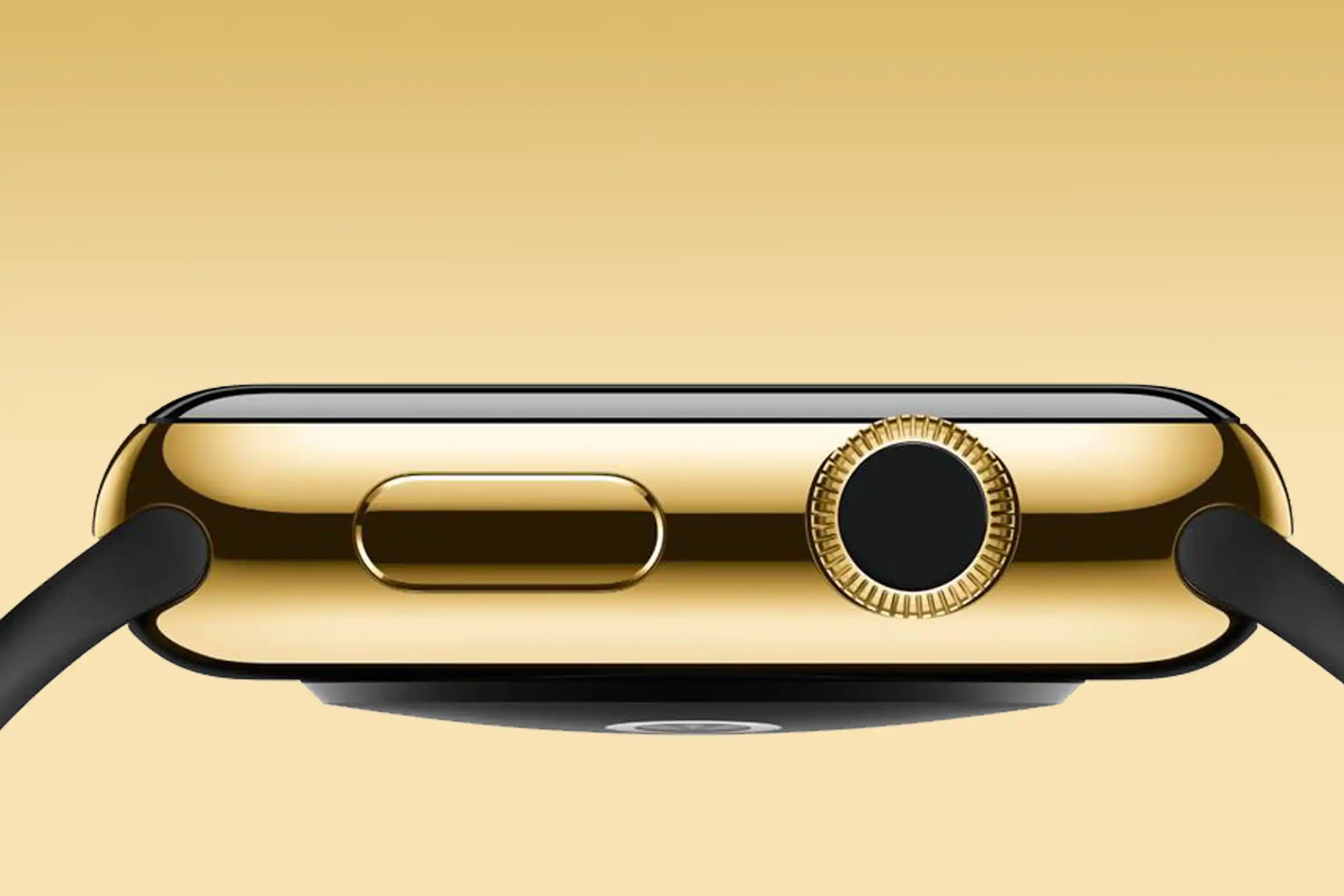 Photo via Apple // The Apple Watch Edition ventured into the luxury smartwatch market with gold finishes, but struggled to find a buyer base.
Photo via Apple // The Apple Watch Edition ventured into the luxury smartwatch market with gold finishes, but struggled to find a buyer base.
In 2015, Apple ventured into the luxury smartwatch market with the Apple Watch Edition, featuring finishes like Rose Gold and Yellow Gold, made from real 24K gold. Starting at $10,000 and peaking at $17,000, the Edition failed to attract a substantial customer base. “Only tens of thousands of people are willing to pay that price for a smartwatch with limited software support,” observes a tech commentator. Despite a subsequent Ceramic Edition, the high price points led to the discontinuation of the Apple Watch Edition line.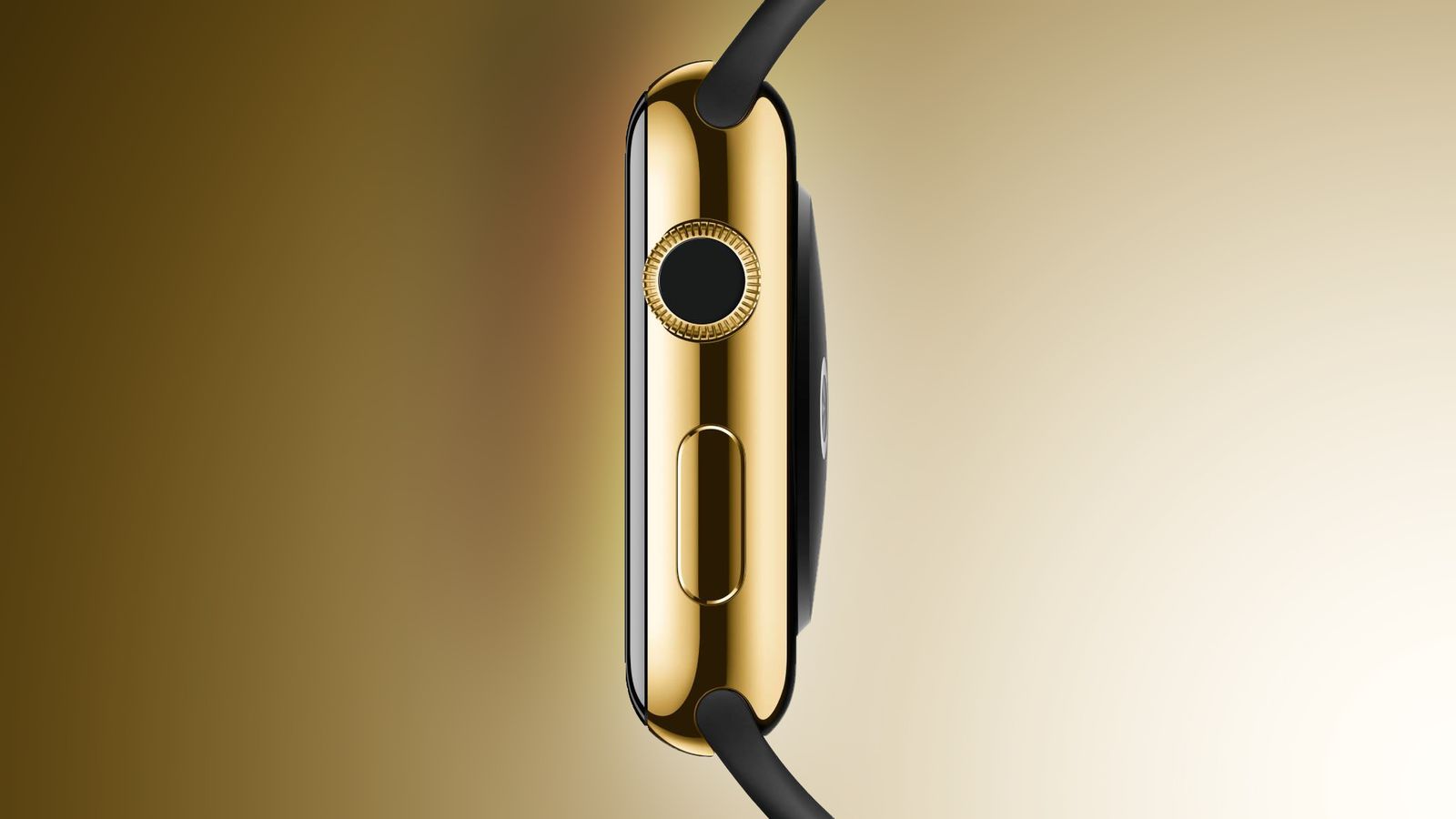 Photo via Apple // A side angle shot of Apple's 2015 solid gold 24K Apple Watch, which is now considered obsolete.
Photo via Apple // A side angle shot of Apple's 2015 solid gold 24K Apple Watch, which is now considered obsolete.
Lessons Learned: Success Through Failure
While these products didn’t achieve Apple’s usual triumph, they played a crucial role in the company’s evolution. “Success is built through numerous failures,” reflects an industry expert, acknowledging that even the most significant flops contribute to future innovations. Apple’s ability to learn from its missteps has enabled it to maintain its reputation as a premium brand, continuously pushing the boundaries of technology.
With the Apple Vision Pro now on the market, hailed as the tech giants next major step in "spatial computing," the tech world watches with anticipation to see what will happen next. Will this new venture join the ranks of Apple’s successes, or will it become another forgotten flop? Only time will tell.
Recommended by the editors:
Thank you for visiting Apple Scoop! As a dedicated independent news organization, we strive to deliver the latest updates and in-depth journalism on everything Apple. Have insights or thoughts to share? Drop a comment below—our team actively engages with and responds to our community. Return to the home page.Published to Apple Scoop on 5th December, 2024.
No password required
A confirmation request will be delivered to the email address you provide. Once confirmed, your comment will be published. It's as simple as two clicks.
Your email address will not be published publicly. Additionally, we will not send you marketing emails unless you opt-in.